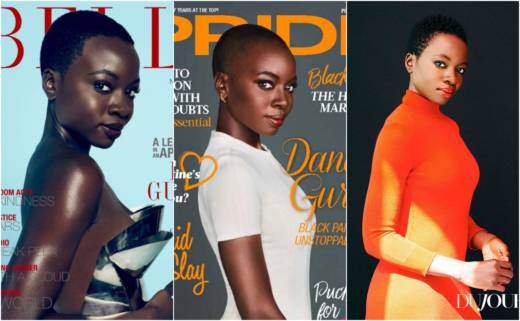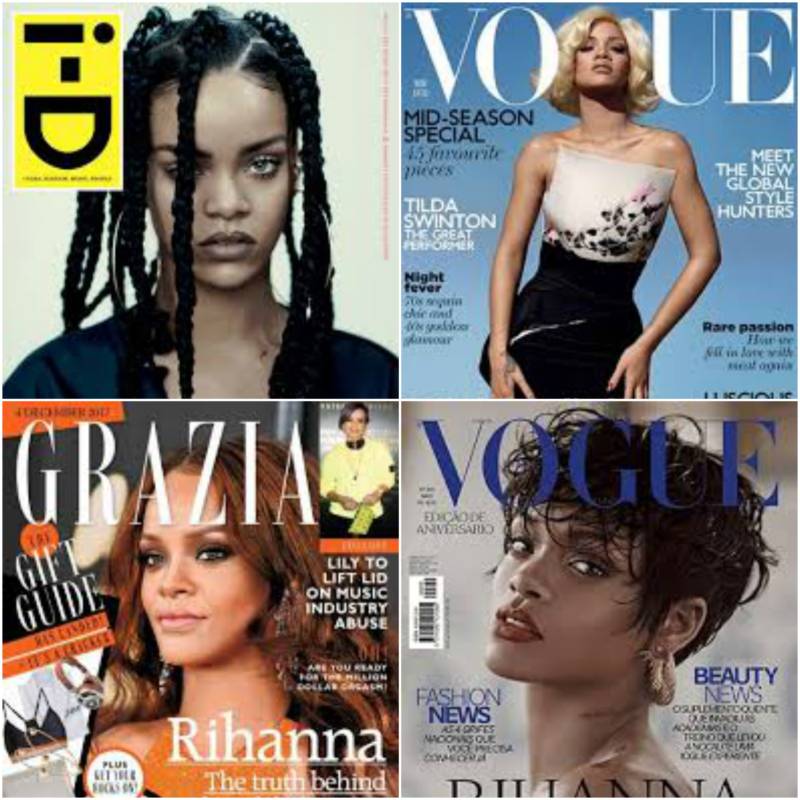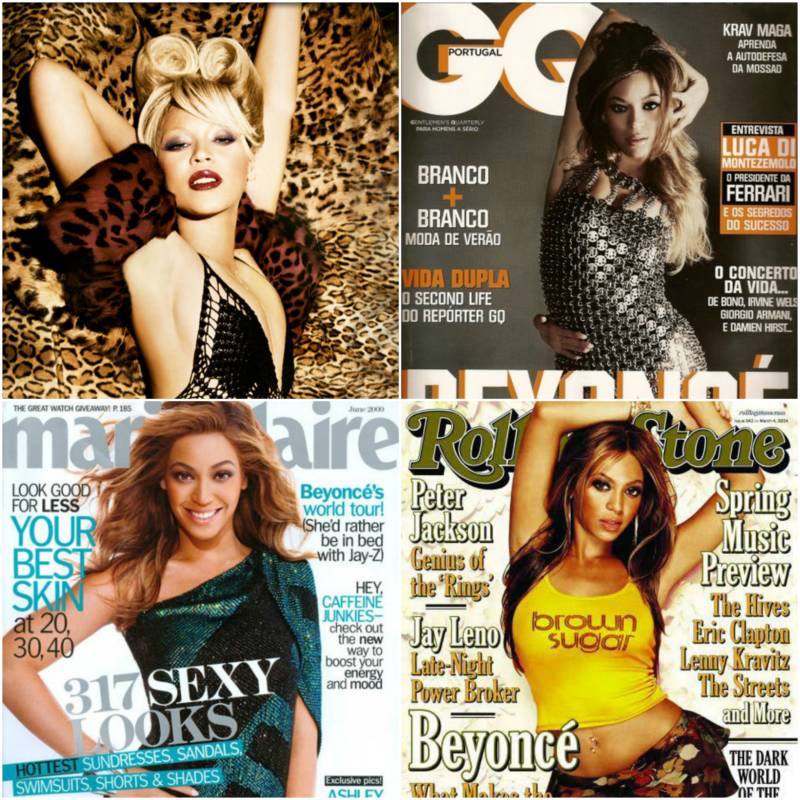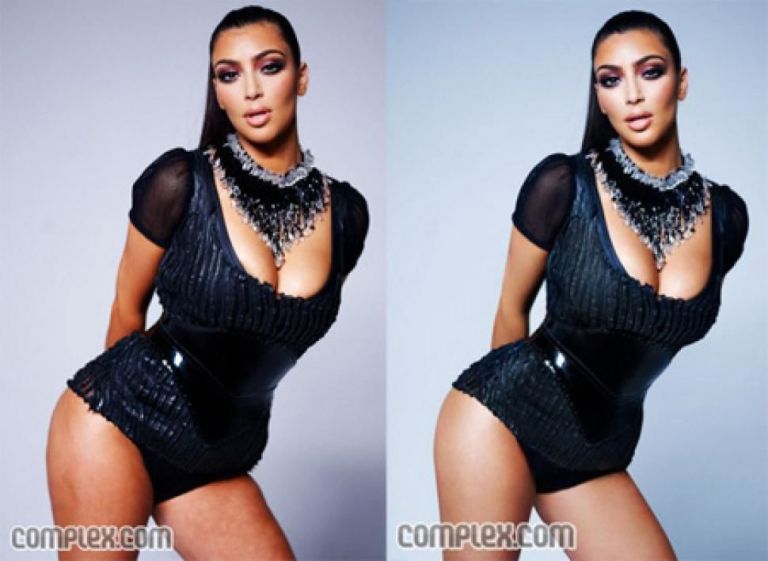Over the weekend, history was made when, for the very first time, African American directors were responsible for the top two movies in the country. One of them, A Wrinkle in Time, was directed by a woman (Ava DuVernay). The other, Black Panther, just passed the one billion dollar threshold in sales, having accounted for 43% of all movie tickets sold in February. Both of these huge hits were led by a majority-black cast.
For the last year, the box office has become a loud speaker, declaring over and over again that, yes, diversity does sell. Girls Trip was one of the biggest hits of last summer. Worldwide, Hidden Figures took $230.1 million, and Get Out raked in $251.2 million, before turning Jordan Peele into an Oscar winner. None of this should come as a surprise to the movie industry -- in 2014, minorities (37 percent of the population) bought 46 percent of movie tickets.
If money does, in fact, talk, it would make sense for all facets of our popular culture -- TV, fashion, the beauty industry, print media -- to give the nation what it so obviously wants, and diversify at every opportunity. Television has finally started taking steps, giving Issa Rae, DeWanda Wise, and Danai Gurira center stage in Insecure, She's Gotta Have It, and The Walking Dead respectively. We can also thank ABC for Black-ish and its youthful spin-off, Grown-ish. And Sterling K. Brown from This is Us is rapidly turning into one of the hottest actors in the country, thanks to a bumper awards season and a triumphant performance hosting SNL over the weekend.





